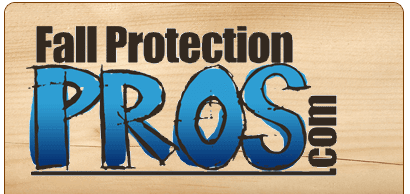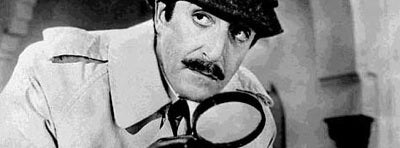One of the most important parts of putting on a harness every day, besides actually wearing it, is inspecting it. (Actually demanded by OSHA) Wearing a damaged or worn out harness can be just as dangerous as going without a harness. Today we'll be teaching you some basic techniques for inspecting your harness.
Webbing - You are inspecting the webbing for frays, cuts, and broken fibers. You'll also want to look for full-blown tears, burns, mold, and heavy soiling or discoloration. Another thing, if the webbing has impact indicators, make sure you check those. If it's been in a fall it shouldn't be in another one. A good way to inspect webbing is to hold it with your hands spaced about 8 inches apart. Then, bring your hands together to make an inverted "U" shape. This technique makes it easier to see frays and rips.
Hardware - After the webbing, you'll want to inspect the hardware. The hardware consists of all of the metal components of your harness. Such as...
* D-Rings - Check the metal for distortion, burrs, cracks, and worn parts. Make sure there are no sharp edges either. The D-RIng should move freely and have a solid connection to the harness back pad.
* Mating Buckles - In addition to checking for cracks and burrs, you want to make sure that the buckle is not bent or distorted. This can have serious consequences if left unchecked.
* Tongue Buckles - For tongue buckles, again no cracks or distortion. Also, you want to make sure that the buckle operates as it should. Another thing with the tongue buckles, make sure there are no broken grommets and that the webbing does not have additional punched holes. That would be bad.
* Quick Connect Buckles - With quick connect buckles you want to make sure you again inspect for cracks and whatnot. Make sure everything is straight. You don't want any bends on this buckle. Also, make sure that the dual tab release is working properly and the mechanism is free of debris and engages properly.
Labels - The last component... Make sure your inspection labels are visible and legible. Now is not the time to show off your old English calligraphy font. Print, please.
Once you get used to it, this is a very simple process that won't take up gobs of time. If any part of your harness fails to meet inspection or you feel uncomfortable with it, remove the harness from service and get a new one. Don't chance it. If you fall, it may be too late.




